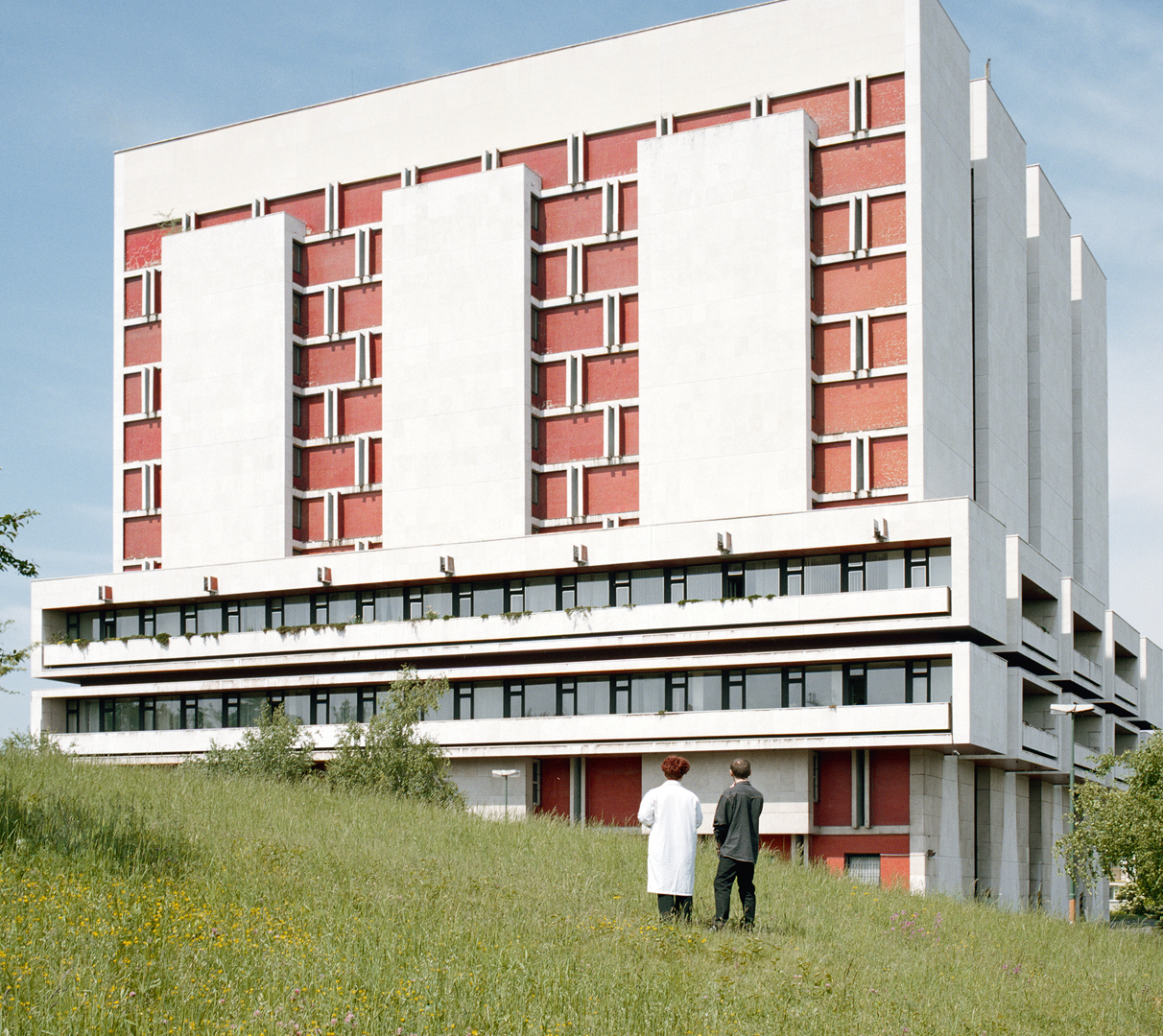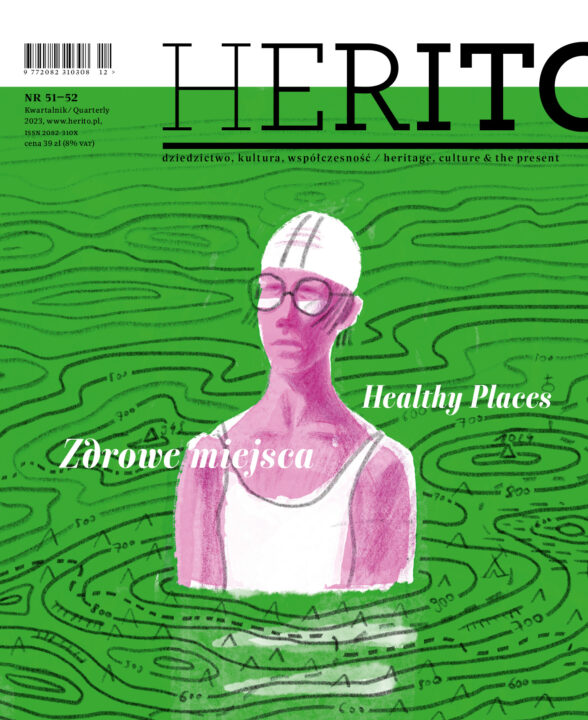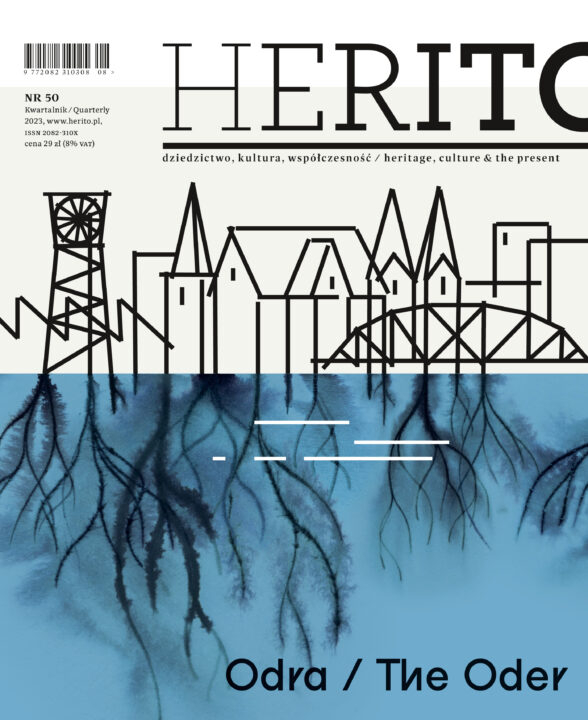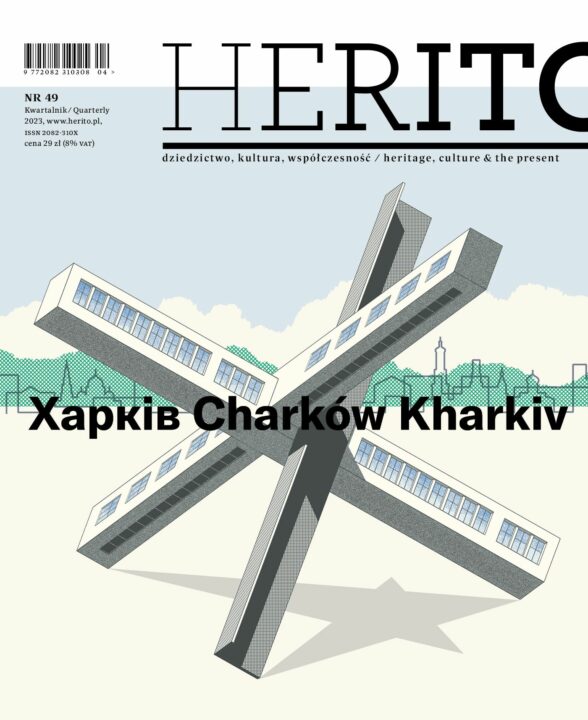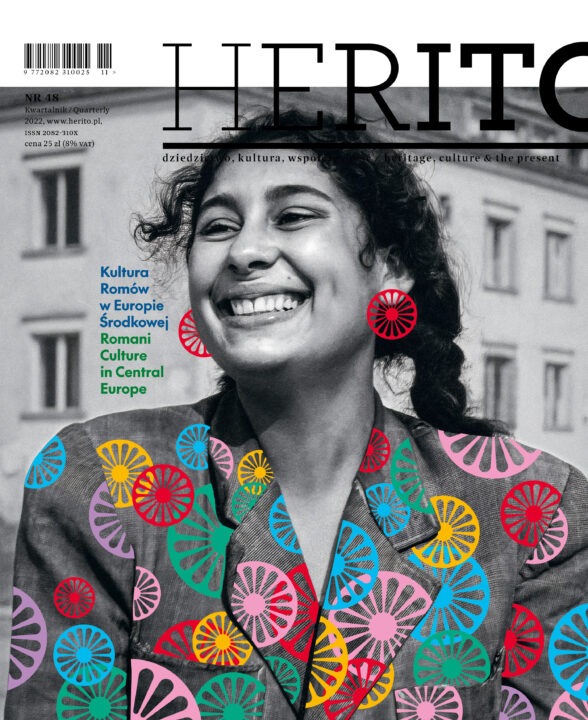Cold War Modern Architecture
Twenty years ago Adam Miłobędzki used the term “socmodernism” to denote the period from the 1950s to the 1980s, and attempted to evaluate it for the first time in The Architecture of Poland published by the ICC. The assessment was not at all favourable.A synonym to huge prefabricated concrete slabs and factories of houses, typified, extremely economical, and utilitarian, going hand‑in‑hand with the bureaucratisation of the architect’s profession, “socmodernism” manifested itself to Miłobędzki through hundreds of residential settlements set up and managed by the state; concrete jungles making the dogma of Communist social engineering come true. In other words, the “post‑artistic era” producing a secondary functionalism, made passive loans from the West.
That it was too critical an assessment, and that as much bad as good can be demonstrated on both sides of the iron curtain at the time, was proved in 2008 by the Cold War Modern exhibition at London’s Victoria and Albert Museum. Yet, what such a look required was some distance.
Today, “socmodernism” has become fashionable. The appraisal continues, although hardly ever does it reach beyond the borders of people’s own country. Thus we take a broader look at the architectural landscape of former “Communist democracies” and break away from the stereotype of the “concrete jungle style”.
The picture that emerges is indeed enticing: a generation of artists who remained unconnected and clung to their own path, while the international style of modernism was experiencing its heyday. In their own manner, they opposed the system, as they did not let themselves be pigeonholed into any doctrine, be it architectural or political. Despite the unbelievable scale of wartime damage and despite the need to “start from scratch”, they were the architects of continuity, faithful to the ethos of profession and the inheritance of their predecessors. With these to fall back on, they developed their own, original language of architecture, and many of their works have gained the status of icons.
We are no longer looking at them with bias, as we stand closer to fulfilment of what Karel Prager addressed so frequently, namely, that new things are what people only have to get used to.
Copyright © Herito 2020
